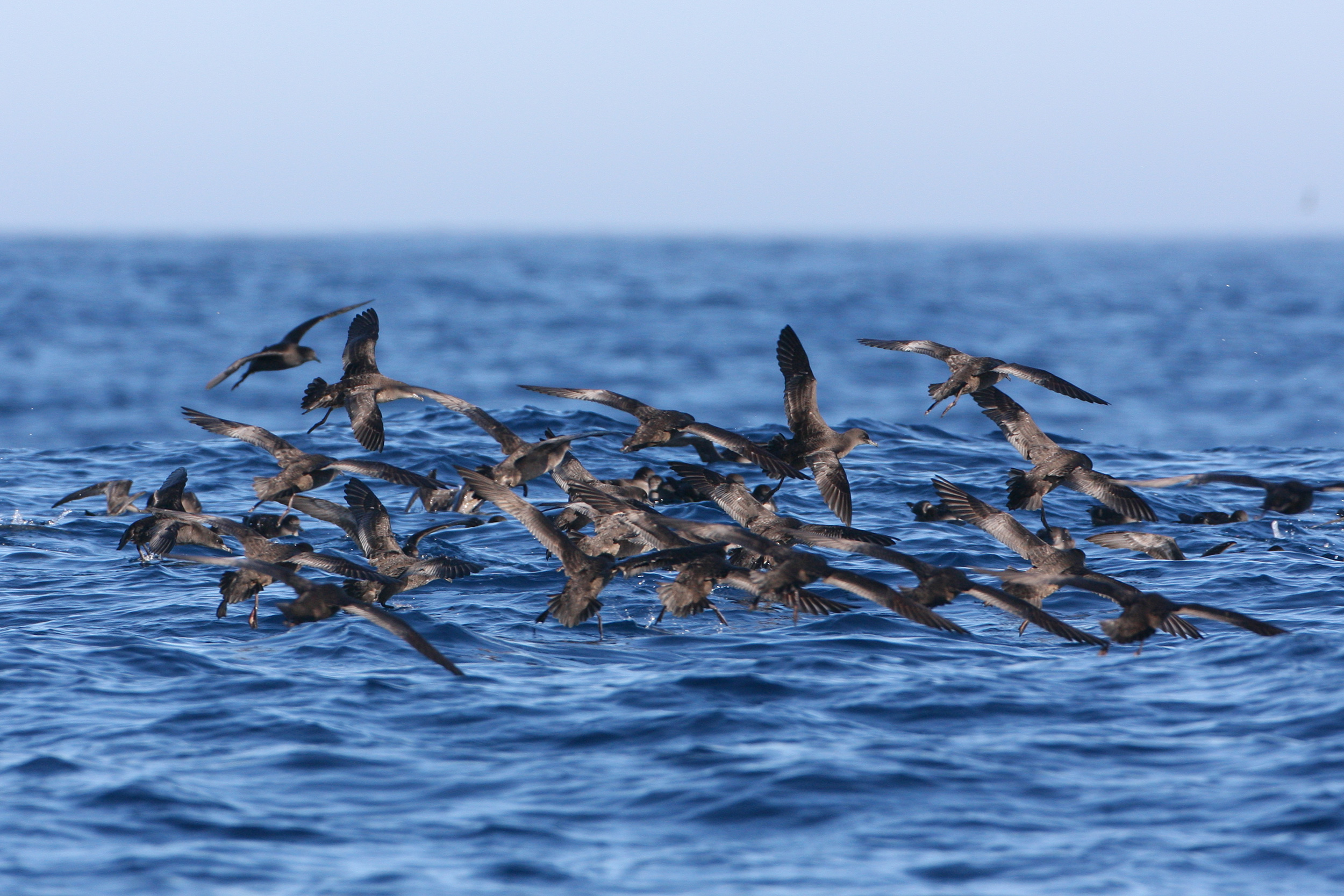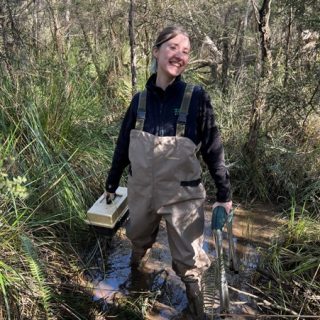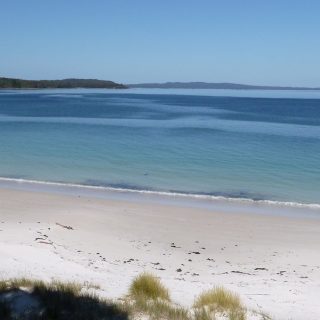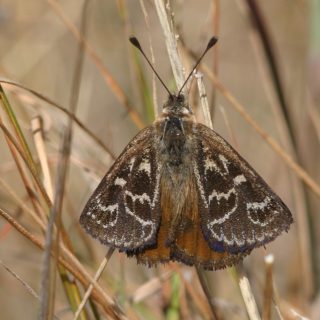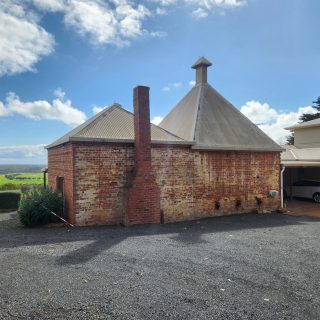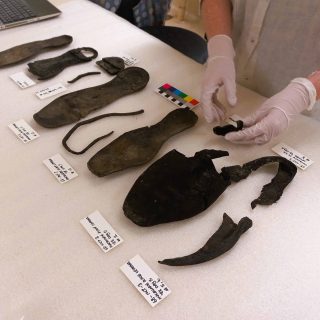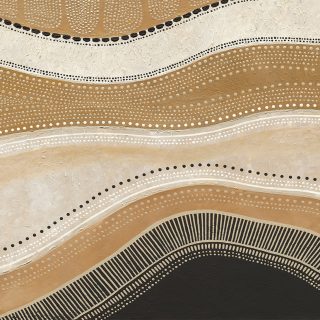Consultant Spotlight: Yoni Eizenberg, Seabird Survey Specialist
Yoni Eizenberg is a Biosis zoologist who specialises in boat-based seabird and marine mammal surveys for offshore development projects.
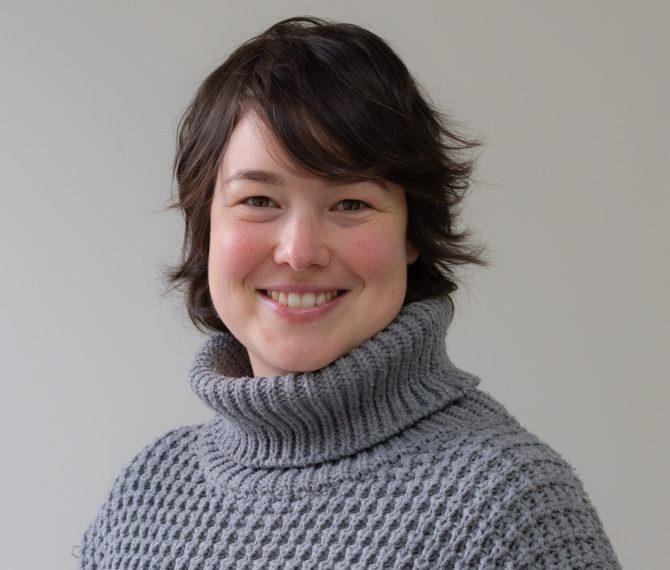
Pelagic seabirds, like the Short-tailed Shearwater, Common Diving Petrel and Fairy Prion are ubiquitous within the marine ecosystem, yet due to obvious accessibility constraints, humans are rarely granted an opportunity to connect with these impressive animals. Biosis Zoologist and consultant Yoni Eizenberg has studied different seabird species and found herself enchanted with the behaviour, life cycle and resilience each species displays, especially while navigating the challenges of an unpredictable ocean climate.
What drew you to specialise in offshore seabird and marine life data collection?
As a member of the Zoology team at Biosis, we conduct boat-based seabird surveys for offshore development. The data we collect enables greater understanding of seabird flight behaviour, species diversity, and habitat use within an area. A typical offshore survey may include observations of hundreds of Short-tailed Shearwaters during the summer months, while they are foraging within the Bass Strait area during their breeding season. During a winter observation you’ll be lucky to see one. Seabird occurrence in each area is driven by seasonality and that is what is special about being out on the water, not knowing what is behind the next wave.
Most pelagic seabirds migrate or disperse over more than ten thousand kilometres each year and only reach land once a year while they breed. In my previous researcher role, I worked on remote offshore islands studying and observing seabirds during the breeding season.
For one of my research trips, I went to Kerguelen Island, in the sub-Antarctic. I spent almost a month on the boat travelling there and back, and this is where I learned how to conduct boat-based seabird identification. I would describe my first encounter with a Wandering Albatross like meeting a famous actor. I had only read or seen documentaries about this species of Albatross but still, nothing prepared me for the 3-metre wingspan and the brilliant agility of their flight
What types of data are you typically working with, and how does it inform offshore projects like wind farm development?
We are observing all types of coastal and pelagic fauna behaviour including seabirds and marine mammals. We observe their flight height, which is important data for our collision risk model, so we can provide information that might reduce collision with turbines. We also observe migration patterns to help inform the placement of wind farms within the seascape.
Any memorable projects?
I have had the pleasure of working on many rewarding projects throughout my time at Biosis, but the most memorable was when we were documenting shorebird migration departures from one of Victoria’s main shorebird staging sites along the Gippsland Coast. There is nothing quite like seeing hundreds of birds ready to take off on their 13,000 km annual migration, coupled with a sunset backdrop on south-eastern Victoria’s coastline. It was spectacularly beautiful.
What are the biggest challenges in marine data analysis?
The biggest challenge of working with marine systems is the unpredictable sea conditions. The forecast can only tell us so much and sometimes we can only understand the true sea conditions when we are experiencing them.
For someone interested in this field, what skills or experiences do you think are most valuable to have?
If you are interested in marine ecology, put your hand up for experiences that will give you time at sea, or on offshore islands to observe the unique species that inhabit these areas. Working on your seabird identification skills will give you access to Australian research at sea trips and other cool experiences available. If you are in the position to volunteer as a fieldworker for research projects, or for conservation organisations, it is one of the best ways to work on a diversity of skills and meet like-minded individuals, and opportunities might expand from there.
About the APEM Group Australia offshore ecology team
Biosis, part of APEM Group Australia, are experts in marine bird survey programs for offshore wind projects, supporting Environmental Impact Assessment (EIA) and broader ecological surveys.
Biosis and APEM Group Australia has delivered:
- Baseline Seabird Surveys: local avian populations.
- Avian Collision Risk Modelling (CRM): Adapted a model to assess turbine collision risks specific to seabirds.
- Shorebird Departure Monitoring: Identified migratory pathways and nesting sites through targeted departure surveys by senior marine ecologists.

